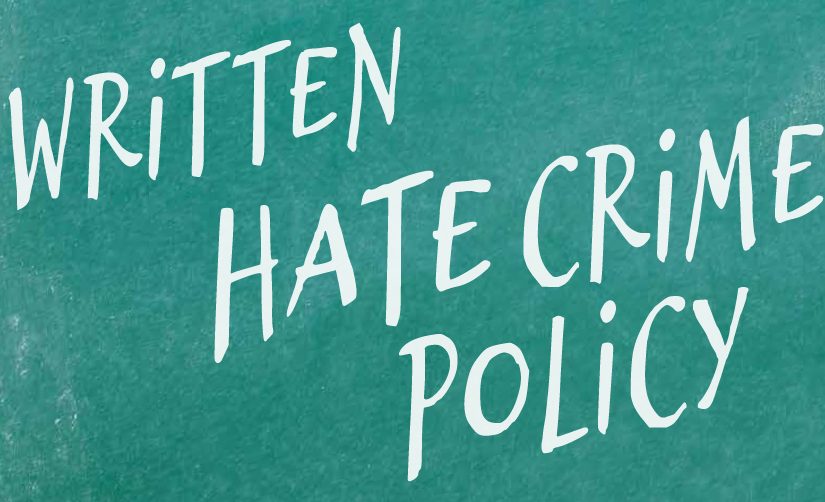
The increase of reported hate crimes in FBI data, now for a third straight year, demonstrates clearly the continued importance of law enforcement agencies having a specific plan in place for responding to these crimes in their communities. Unfortunately, research to date has found that bias-motivated offenses are often undetected and underreported compared to other crime types. This poses a major challenge for policing hate crime; thus, a primary task is to identify ways to improve the identification of hate crimes when they happen. Written policies play an important role: commonly cited officer concerns are uncertainty about how to respond to hate crimes and ambiguity in the law. Written policy can serve as a bridge between hate crime legislation and implementation of that law by providing officers with information and a standard that the agency expects them to follow. Research supports the positive impact of a written policy, with a study of California police agencies finding that the existence of a written policy on hate crime increased reporting by 38 percent. If made publicly available, written hate crime policies might also increase reporting from victims by communicating clearly that the department’s policy includes responding to and investigating these incidents.


